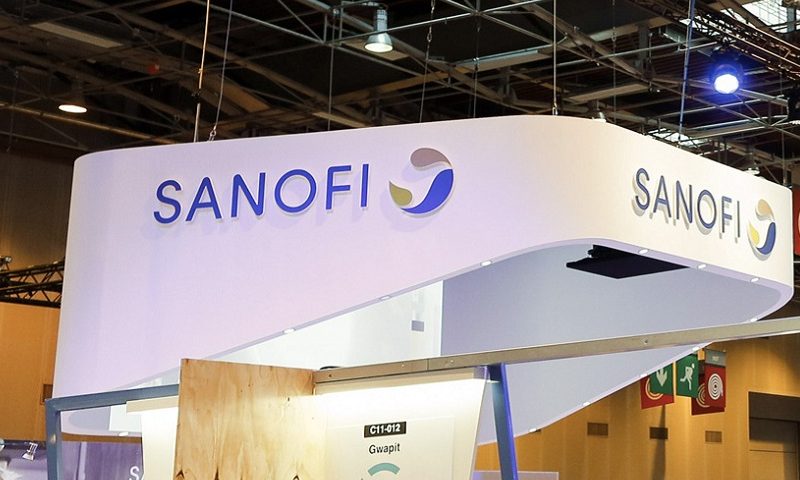It’s been a busy year for Sanofi: It’s been rejigging deals with the likes of Regeneron and bought out a biotech in the form of Synthorx.
In its fourth-quarter/full-year update Thursday, analysts, as ever, had more M&A on their minds. Sanofi spent $2.5 billion on that Synthorx deal late last year, nabbing an IL-2 drug the pharma thinks can become a foundation of immuno-oncology combinations. In the future, more deals may take a similar shape.
CEO Paul Hudson was asked whether the timing of the deal was deliberate, in order to dovetail with its Capital Markets Day. “As much as we love you all as an audience, we didn’t do a deal just to achieve a good news flow for Capital Markets Day,” he said.
“I think this deal has been tracked for a while and for the fundamental belief that it could, although early, if it works, it could change what happens in oncology and particularly the I-O/I-O piece. I think [R&D lead John Reed] beautifully described the Synthorx deal with putting gas in the tank. And I think as we get closer to launch in a few years, people will be excited to have a new approach to what could become a definitive play in combination.”
On future deals, he said: “And I think, you know, it’s hard to say, but I think we are more excited about mechanisms, new mechanisms, complementary mechanisms, things in combination. [Reed] mentioned the CD38 and the PD-1 in combination. There are BD [business development] opportunities where you can really get to ramp up your own existing pipeline by pulling forward incredible and unique data. So, we are excited about that.
“Really, it’s an interesting time for the company because whilst we go on this BOI journey and we have between vaccines and dupilumab, we have an opportunity to be able to maintain a really positive growth trajectory. So, it allows us, I think, from a BD or even M&A perspective, to go after science in a more determined fashion.
“It’s not necessary. It doesn’t mean we will never do these things. But I think we are more interested in things like we have just done. And hopefully, you will see over the months and years that we do more like that. But we will see.”
One of the bigger changes for the French Big Pharma in the last year has been its pact with Regeneron: Last January, Sanofi paid Regeneron $462 million (€404 million) to exit the immuno-oncology pact the two formed back in 2015.
The move gave Sanofi the right to opt in to two bispecific programs but otherwise left each company free to operate independently. And, during the fourth quarter in December last year, the pair also announced the companies will restructure their 12-year-old partnership into a royalty-based agreement for PCSK9 med Praluent and rheumatoid arthritis med Kevzara, with Regeneron taking over U.S. rights to the former and Sanofi snagging global rights to the latter.
Responding to probing from analysts over why the pair changed up their pact, Sanofi’s CFO Jean-Baptiste de Chatillon said: “These changes are simplification on reduced governance on some extra costs. So, on both sides, it is accretive. Of course, for us, it’s less significant. So of course, it is taken into account in this guidance. And since we broadly decided this change in December, as we said in the CMD, so yes, it’s a positive. It’s embedded into our guidance. But it’s not so significant in the overall scheme for Sanofi. But it goes in the right direction.”
Hudson explained: “I think there’s a great spirit, by the way, between ourselves and Regeneron in trying to simplify things. We recognize that it’s better to do these things like this and be more agile in a partnership and I think we will only get benefits from that. Some will be financial, of course, both sides ultimately. But often, it will just be speed. It will become important.”

